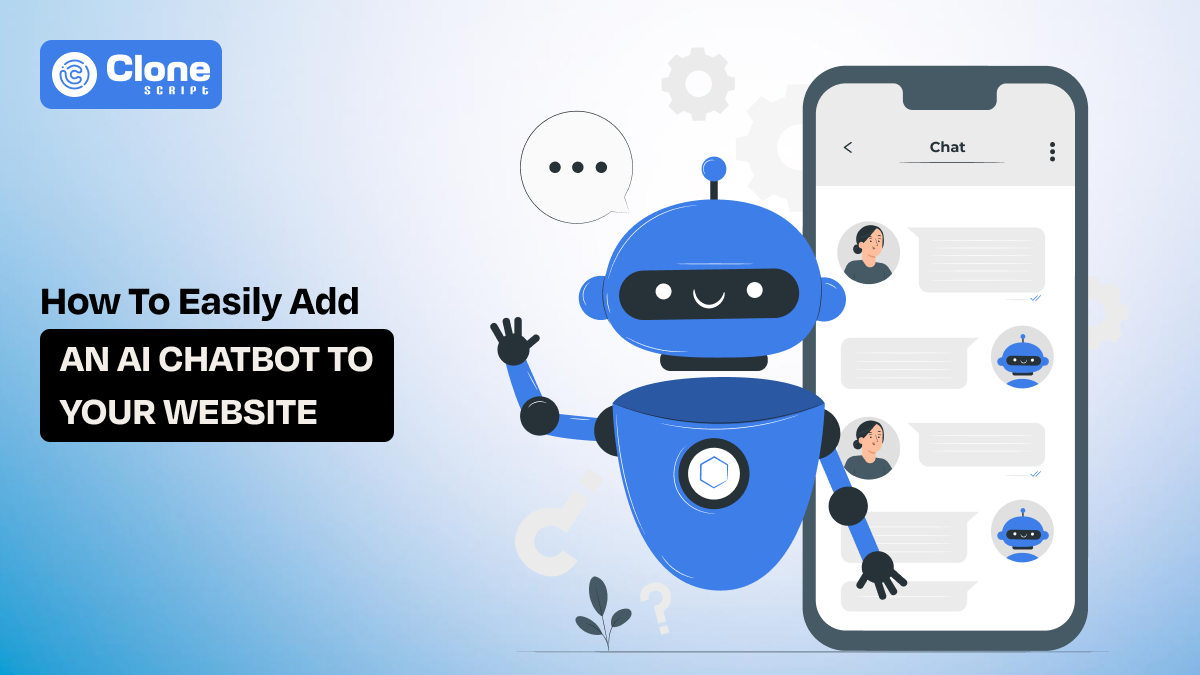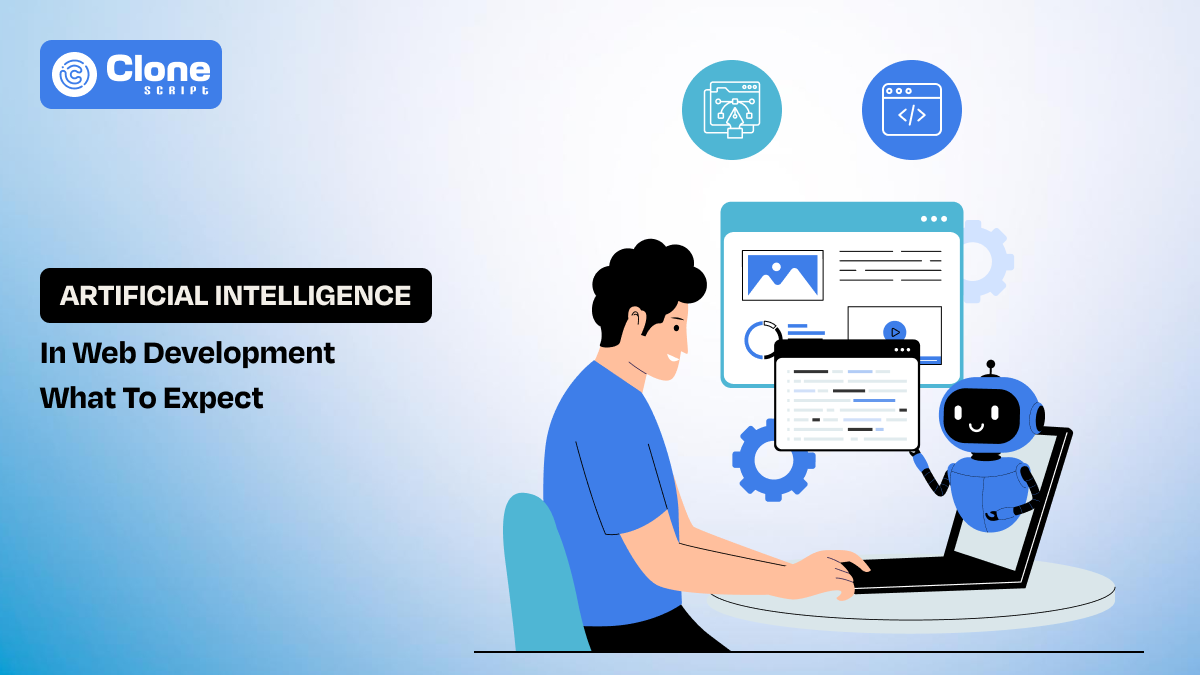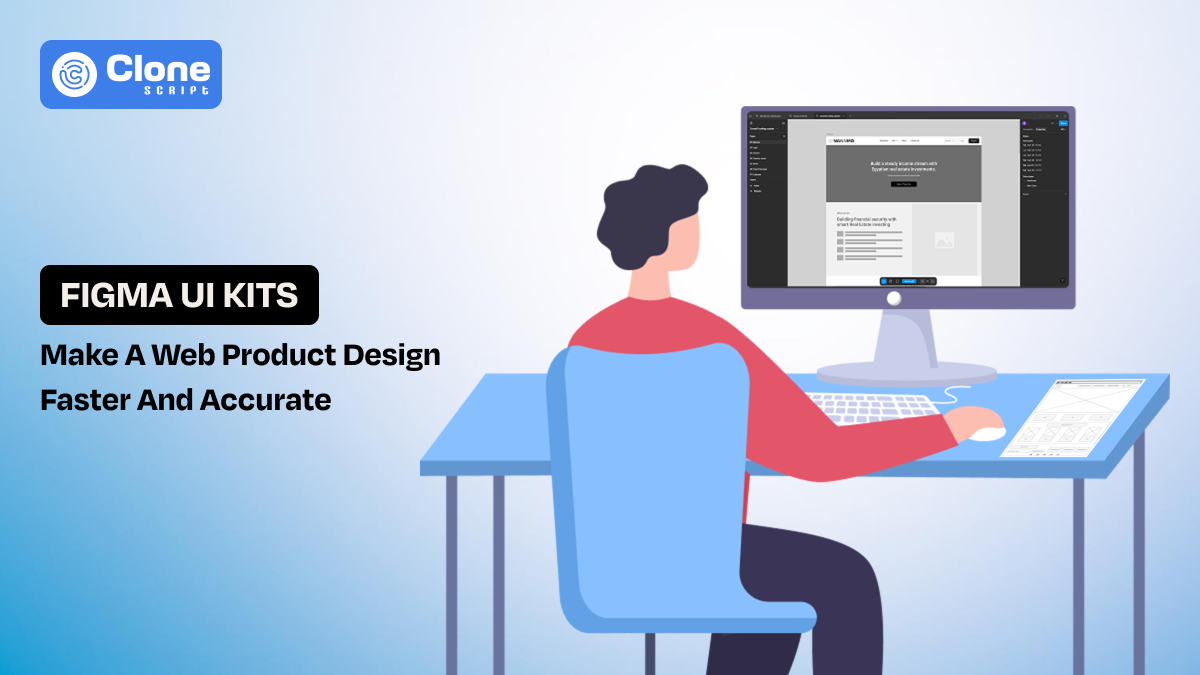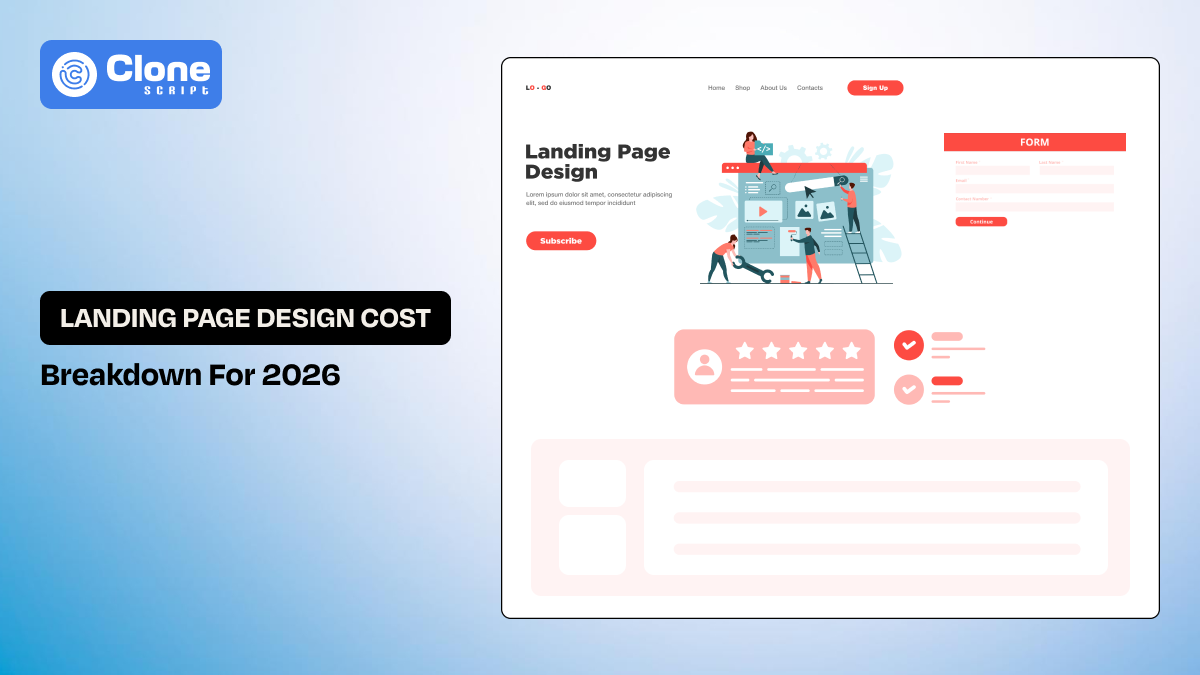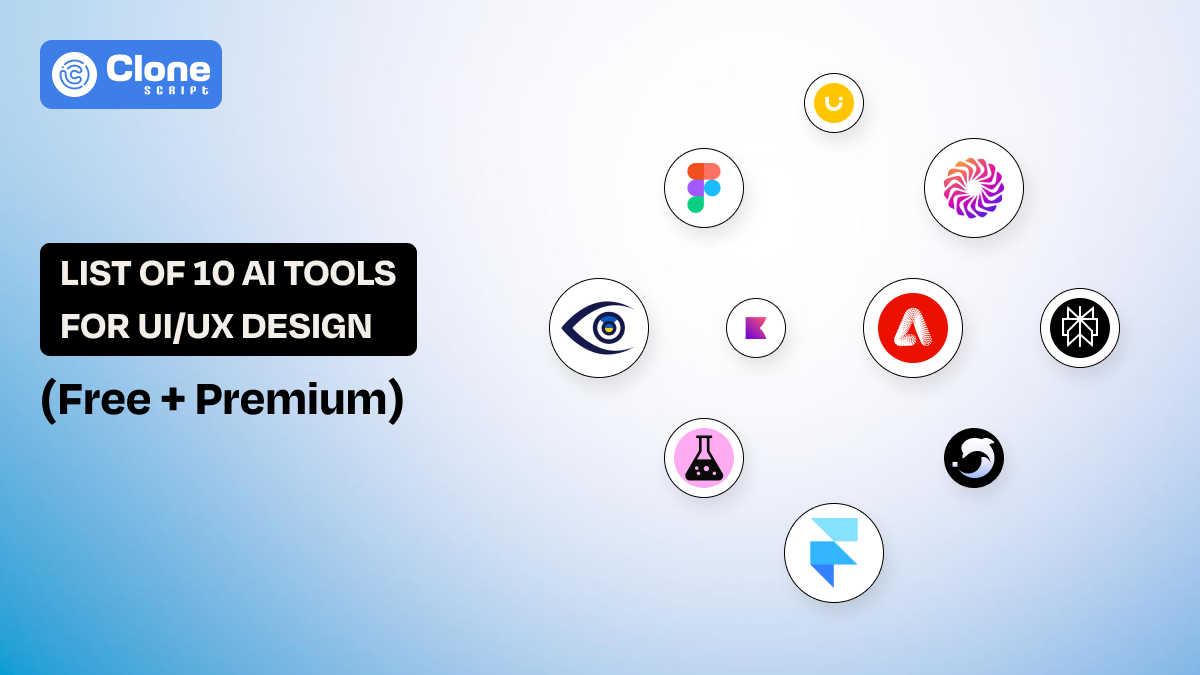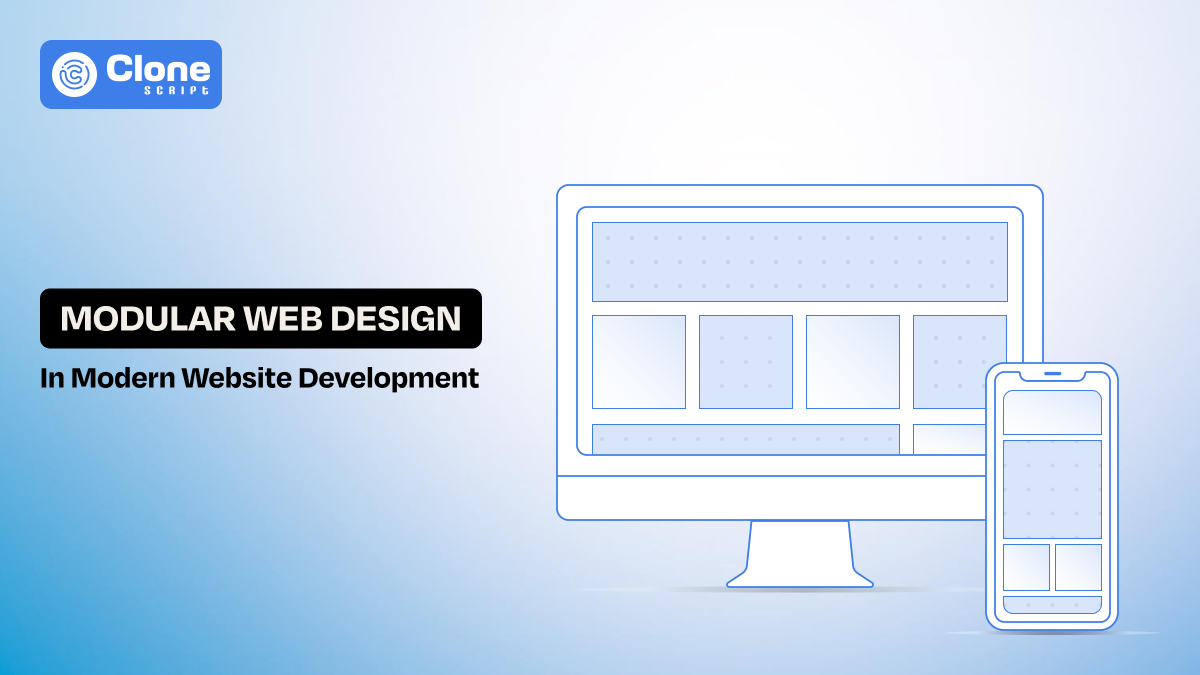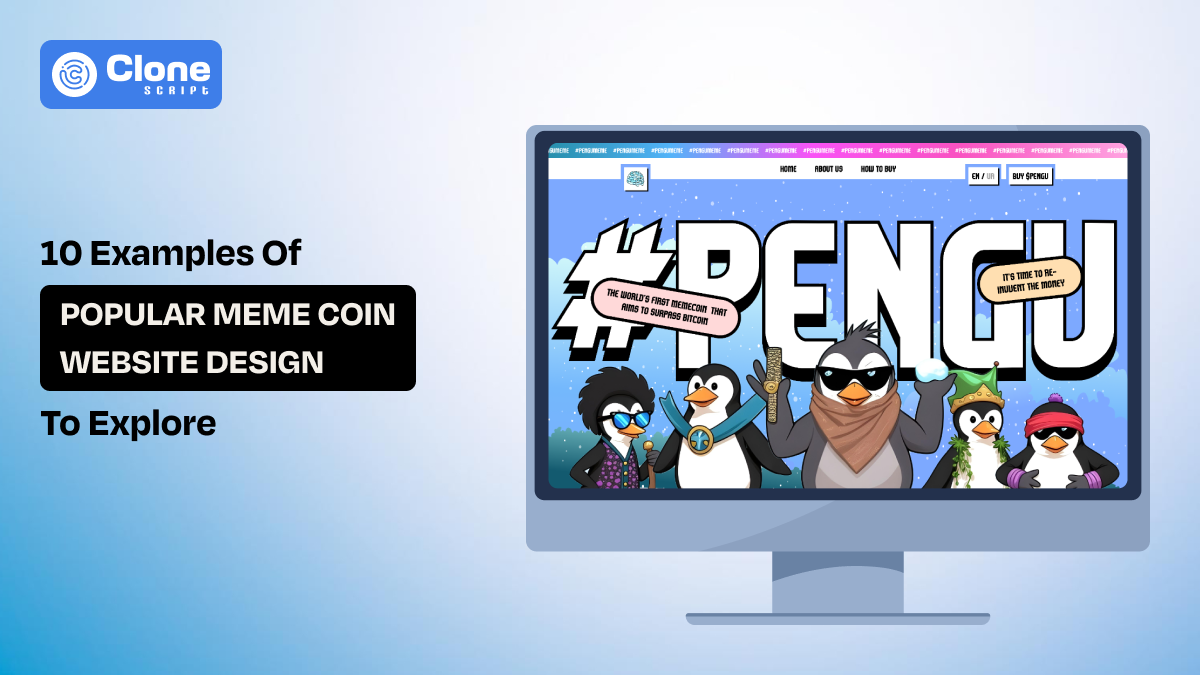How to Easily Add an AI Chatbot to Your Website in 2025
A client calls you in frustration: “Our site looks great, but users still bounce. They visit the pricing page and leave. They fill half a form and disappear. Support emails are stacking up.”
You built them a beautiful website that looks modern, loads fast, and is optimized mobile-friendly. But something’s missing.
It’s not just about looks anymore. In 2025, performance isn’t measured by design alone. It’s measured by engagement. And engagement requires interaction. Real-time, context-aware, human-like interaction. That’s where AI chatbots come in. This is not a gimmick, but a functional, intelligent upgrade that developers are now expected to deliver.
We will talk about how to add an AI chatbot to a website in the right way. Whether you’re building for a startup, a law firm, an e-commerce store, or your own SaaS product, this guide shows you how to deploy chatbots that make websites smarter, more efficient, and dramatically more helpful.
Why AI Chatbots Are the New Standard in 2025?
It used to be enough to build a “clean” website. Then, it was about being mobile-first. Then came performance optimization, SEO, and accessibility. Today?
Intelligence is the next baseline. Sites must think, listen, and respond.
You have a question: Why website need an AI chatbot right now? Here is the answer to how smart businesses use this futuristic solution:
1. They Deliver 24/7 AI Customer Support—Instantly
Forget slow response times or overflowing support inboxes. An AI chatbot for 24/7 customer service doesn’t just answer basic questions. It handles volume, complexity, and intent, all without human intervention. For developers, it’s a way to hand your clients a reliable, scalable customer support solution that doesn’t sleep.
2. They Create Personalized User Journeys at Scale
Imagine this: a returning user lands on your site. The chatbot greets them by name, remembers what they were browsing last time, and recommends the next step. That’s not fantasy. It’s what today’s AI website assistant can do. All thanks to contextual memory and intent recognition.
3. They Cut Support Costs Dramatically
Most small businesses can’t afford a full-time support team. But they can afford a chatbot integration service, a one-time setup that handles thousands of interactions. As a developer, this is your chance to position yourself as a problem-solver, not just a coder.
4. They Turn Conversations Into Data Gold
Every chatbot conversation is a feedback loop. With the right tool, you’re capturing keywords, tracking pain points, and identifying user behavior patterns. This is the best chance to use that data to optimize everything from marketing copy to product features.
Let's understand this with an example.
A local bakery in Bangalore was struggling. Their bakery website design looked good, but it wasn’t converting. The owner, Priya, reached out to her developer. She is desperate to stop losing orders from site visitors who didn’t complete checkout or had last-minute queries.
The developer added an AI bot for the website, a warm, conversational assistant named “Crumb.” Within 30 days:
-
Bounce rates dropped by 35%.
-
Orders during off-hours increased by 40%.
-
And Priya? She finally got to stop answering 11 PM WhatsApp messages about cake sizes.
This is what a well-integrated chatbot does. It doesn’t just chat. It transforms.
How to Choose the Best Chatbot Tool: Developer Checklist
Keep in mind that not all chatbot platforms are created equal. Some are glorified FAQ scripts; others are full-fledged AI engines. Before you commit, evaluate tools using this developer-first lens:
1. Seamless Integration
In website development, many developers waste hours trying to make a chatbot fit into their stack. They are breaking layouts, clashing with scripts, or slowing down the site. This is beyond frustration and a deal-breaker for production-ready websites.
Seamless integration is about solving this. It optimizes the chatbot to fit naturally into your platform, requires minimal setup, and works without compromising site performance or user experience.
Whether you're building with WordPress, Shopify, or React, you need a tool that just works.
Look for tools that offer:
-
Clear documentation: Step-by-step guides and examples for smooth onboarding.
-
SDKs for major frameworks: Check if there is any 24*7 support for connecting a chatbot to React, Vue, Angular, etc.
-
Ready-made plugins: Prefer a one-click integration for platforms like WordPress or Shopify using the plugins.
-
Lightweight scripts: Optimize the fast-loading JavaScript snippets that won’t slow your site.
-
Cross-platform compatibility: Test if the chatbot works properly on the latest Chrome versions on Android or is stuck in Safari while opening on macOS.
2. Natural Language Processing(NLP) That Understands Human Language
Basic bots misunderstand users constantly. This leads to dead ends, frustration, and lost trust.
You need a chatbot that doesn't just read words, but understands meaning. With NLP, the bot interprets intent, detects tone, and carries on conversations naturally. It reduces the need for rigid scripting and improves the quality of interaction.
The result?
Less developer maintenance and a better user experience are guaranteed. In other words, AI in customer experience (CX) is important to set the benchmark to create brand advocates.
Here’s an overview of how it works:
-
Intent recognition: Understands what the user is asking. It does not understand just keywords.
-
Sentiment analysis: Detects emotion and adjusts responses accordingly for conversions.
-
Contextual memory: Remembers previous interactions within a session and recommends what the user wants to accomplish.
-
Multi-turn dialogue handling: Supports natural, back-and-forth conversations as it talks like a human to a human.
-
Fallback logic: Gracefully handles misunderstood queries and saves the brand's reputation.
3. Training & Learning Capabilities
The intention of integrating a chatbot into a website is to make the user experience better. But most of the outdated bots are not trained properly to answer the questions asked by a user. Because the question is not scripted in a development funnel and it results in frustration.
The latest AI chatbots solve this by learning from actual conversations. It improves accuracy over time. For developers, this means building smarter bots faster and avoiding long-term maintenance chaos.
Consider when judging the chatbot’s learning capability:
-
Data import: Upload FAQs, website content, or product catalogs in a single click.
-
Learning from chats: Improves through ongoing user interactions to reduce coding dependency.
-
Custom intents: Define unique actions or responses based on business logic.
-
Analytics for refinement: Identify performance gaps and retrain as needed.
-
Human handoff triggers: Escalate complex chats to human agents automatically.
4. Fully Customizable Front-End
Today’s users are very smart. If they notice when a chatbot feels out of place in the form of clashes with branding, tone, or layout, it breaks trust. A fully customizable chatbot interface solves this by letting you match the visual and verbal identity of the business. It’s about delivering seamless UX and client satisfaction without compromise.
Keep in mind the following:
-
Custom UI themes: Change colors, fonts, and widget shapes to match the website.
-
Bot persona creation: Set tone of voice, name, and avatar style.
-
Multilingual options: Localize the chatbot for global audiences.
-
Positioning control: Decide where and how the chatbot appears on the screen.
-
Conversational flow templates: Choose from different interaction styles (guided vs. open chat).
5. Privacy, Security & Compliance
Handling user data is serious business. Without proper security and compliance, even a well-built chatbot can become a liability. Choosing a privacy-first platform protects you and your clients from legal risks and reputational damage. Don’t think of ticking just the to-do-list boxes. It’s about building user trust and staying compliant with global data laws.
Take a look at these aspects:
-
GDPR/CCPA compliance: Meets global data privacy standards.
-
Encrypted messaging: Keeps user conversations safe and secure.
-
Data ownership: Clients maintain full control over stored data.
-
Role-based access: Limits who can view or manage chatbot data.
-
Consent management: Built-in opt-in and opt-out tools for transparency.
With an understanding of these factors, you can make a client website not just a robotic version but a truly humanized one that answers the questions anytime.
Step-by-Step Guide: How to Add an AI Chatbot to Your Website
Here are the complete steps to add the chatbot to the website:
Step 1: Define the Bot’s Purpose
The biggest mistake in chatbot projects? Starting without clarity.
If you don’t define exactly what the bot is meant to do, it will confuse users and fail to deliver results. Whether it’s answering FAQs, collecting leads, or handling bookings, setting a clear goal allows your chatbot to focus, and the rest of the build supports real business needs.
What to know:
-
Use case selection: Choose between support, sales, onboarding, or internal use.
-
Audience definition: Understand who the bot is talking to (new visitors, customers, leads).
-
Success metric: Identify how you’ll measure the chatbot’s impact (response rate, lead volume, resolution speed).
-
Boundaries: Decide what the bot will and won’t handle to prevent overpromising.
-
Client alignment: Confirm goals with the client before development begins.
Step 2: Choose the Right Platform
There are hundreds of chatbot platforms. But only a few will truly fit your project’s scope, tech stack, and budget. Choosing the wrong one can limit features, frustrate users, or require rework later. A good platform balances AI capability, ease of use, customization, and integration. Your job here is to match the tool to the mission you just defined.
Look for the following:
-
AI capability: Supports NLP, intent recognition, and conversational memory.
-
Integration compatibility: Works with your CMS (e.g., WordPress), e-commerce platform, or custom code.
-
Pricing model: Offers fair pricing as monthly, usage-based, or flat rate based on business size.
-
Ease of training: Allows content import or easy manual input.
-
Support and updates: Actively maintained with live support or documentation.
Step 3: Train the Chatbot
A chatbot without knowledge is just a pretty widget. Training is where you give it the answers and logic it needs to function. Many platforms let you upload content or scrape your site for information. Others let you define custom intents or use pre-trained models. A well-trained bot responds accurately and reduces human involvement from day one.
Consider adding:
-
Content feeding: Import FAQs, product descriptions, or help docs.
-
Intent mapping: Define common questions and how the bot should handle them.
-
Flow creation: Design question-response sequences or guided conversations.
-
Fallback logic: Add responses for unknown queries to reduce dead ends.
-
Human handoff setup: Route unresolved issues to live chat or email support.
Step 4: Design the Chatbot Persona
Users engage more when the bot feels human. A cold, robotic tone can push users away, while a warm, brand-aligned persona builds trust. Designing the chatbot’s personality helps it become a natural part of the website, not just a tech feature. It’s all about tone, emotional intelligence, and alignment with the brand voice.
Do the following:
-
Name and voice: Give your bot a name and choose a formal, friendly, or playful tone.
-
Visuals: Choose colors, icons, and an avatar to match the site’s branding.
-
Tone guidelines: Define how the bot responds in different emotional situations.
-
Response style: Decide between short answers, storytelling, or button-based interactions.
-
Error handling tone: Choose how the bot apologizes or redirects during failed queries.
Step 5: Embed and Launch
Now it’s time to go live. But it’s not just about pasting a script and hoping it works. You need to embed the chatbot correctly, so it doesn’t interfere with site performance, and test for responsiveness across devices. This step analyzes whether your bot is technically stable and ready for real users without bugs or UI issues.
Focus on these aspects:
-
Script installation: Place the chatbot’s JavaScript snippet in the head or via tag manager.
-
Plugin setup: For platforms like WordPress, install and configure through the plugin interface.
-
Responsive testing: Verify chatbot display on mobile, tablet, and desktop.
-
Widget positioning: Choose bottom-right, inline, or modal placement as needed.
-
Speed check: Confirm chatbot doesn’t slow down site load times.
Step 6: Monitor, Optimize, Improve
A chatbot isn’t a “set-it-and-forget-it” tool. Real success comes after launch when you start learning how users interact with it. This step is about reviewing conversations, refining answers, and evolving the bot over time. The goal is continuous improvement, based on real user behavior, to increase accuracy and user satisfaction.
Check the following:
-
Conversation review: Analyze past chats to find gaps or errors.
-
Performance metrics: Track open rate, engagement, and resolution rate.
-
Intent updates: Add new questions based on real user queries.
-
A/B testing: Test different greeting messages, flows, or tones.
-
Reporting: Share performance insights with stakeholders or clients regularly.
By following these steps, you’re making the website conversion rates higher and optimizing for a better brand reputation.
AI Chatbot Integration for Small Businesses
Looking to boost customer engagement without hiring a large support team? Our AI chatbot integration is tailor-made for small businesses that want to offer 24/7 service, capture more leads, and automate repetitive tasks. It’s smart, scalable, and surprisingly affordable to give you enterprise-level automation without the complexity.
What You Get:
-
AI-powered chatbot trained on your business content
-
Real-time chat on your website or mobile app
-
Custom workflows for lead capture and support
-
Integration with WordPress, Shopify, and more
-
Multilingual, branded, and GDPR-compliant
-
Full analytics dashboard to track engagement
Conclusion: The New Role of a Developer
You’re no longer just building websites. You’re shaping the interface between business and customer. A smart, empathetic, helpful chatbot isn’t just code; it’s a value multiplier.
In 2025, users expect websites to respond, assist, and remember. AI chatbots are no longer futuristic; they’re foundational.
You don’t need to be a machine learning expert. You just need the right tools, a clear purpose, and a thoughtful integration process.
Do it right, and your websites won’t just look good. They’ll work smarter, sell better, and build trust.
So go ahead. Deploy that AI chatbot. Build not just for beauty but for brilliance.
FAQs
-
Why should a website integrate an AI chatbot in 2025?
In 2025, websites aren’t just about design or speed—they’re about interaction. An AI chatbot ensures real-time engagement, reduces bounce rates, offers 24/7 support, and personalizes user journeys. Businesses use them to cut support costs, improve conversions, and turn conversations into actionable insights.
-
Which is the best AI chatbot platform for websites?
The “best” platform depends on your website type and goals. For example:
-
WordPress websites prefer Plugins like Tidio or WPBot.
-
E-commerce sites work with Shopify-integrated bots like Gorgias or Re: amaze.
-
Custom-built apps (React, Vue, Angular), SDK-based tools like Dialogflow or Botpress.
Look for platforms offering NLP, contextual memory, and GDPR compliance.
-
Can small businesses afford AI chatbot integration?
Yes. AI chatbot integration is no longer enterprise-only. Small businesses use affordable solutions that start at low monthly costs or even free tiers. A bakery, law firm, or local SaaS can benefit from AI bots that automate support, capture leads, and respond instantly—without hiring extra staff.
-
Does an AI chatbot really improve conversions on websites?
Absolutely. AI chatbots reduce bounce rates, answer queries in real-time, and guide visitors through checkout or sign-up processes. In general, businesses report up to 40% more off-hour sales and 35% fewer abandoned sessions after chatbot integration. When optimized, a chatbot becomes a direct revenue driver.
-
Is AI chatbot integration secure and GDPR-compliant?
Yes, if you choose the right platform. Modern AI chatbot tools support encrypted messaging, GDPR/CCPA compliance, consent management, and role-based access. Always check whether the vendor offers data ownership and transparency features to build user trust.
 BTC - Bitcoin
BTC - Bitcoin
 USDTERC20 - USDT ERC20
USDTERC20 - USDT ERC20
 ETH - Ethereum
ETH - Ethereum
 BNB - Binance
BNB - Binance
 BCH - Bitcoin Cash
BCH - Bitcoin Cash
 DOGE - Dogecoin
DOGE - Dogecoin
 TRX - TRON
TRX - TRON
 USDTTRC20 - USD TRC20
USDTTRC20 - USD TRC20
 LTC - LiteCoin
LTC - LiteCoin

